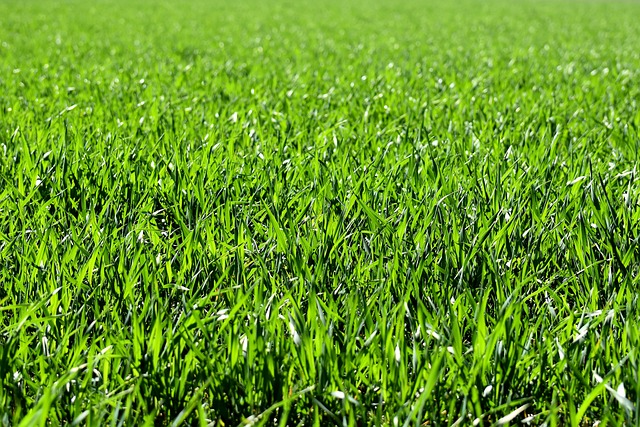A beautifully maintained lawn adds charm and tranquility to any property, but the key to achieving that enviable green carpet lies not only in regular mowing but also in understanding the unique characteristics of various grass types and employing suitable mowing practices. Let’s embark on a journey through the diverse world of grass species and explore the best methods for keeping them healthy and vibrant.
Kentucky Bluegrass (Poa pratensis)
With its fine texture and vibrant green hue, Kentucky bluegrass is a popular choice for temperate climates. Thriving in full sun to partial shade, it boasts rapid self-repair capabilities. When mowing Kentucky bluegrass, maintain a height of 2.5 to 3.5 inches to encourage robust root development and prevent thatch buildup.
Bermuda Grass (Cynodon dactylon)
Bermuda grass, a warm-season favorite, flourishes in hot climates and full sun. Renowned for its resilience to heat and drought, it’s commonly found in southern regions. Keep Bermuda grass trimmed between 0.5 to 1.5 inches in height, mowing frequently during its growing season to foster dense growth and deter weed encroachment.
Fescue Grass (Festuca spp.)
Fescue grass, a cool-season variety, is prized for its adaptability to both sunny and shady areas. Its deep green and lovely color and fine texture make it a versatile choice for various lawn conditions. When mowing fescue grass, aim for a height range of 2.5 to 3.5 inches, ensuring not to cut more than one-third of the blade’s length at once to maintain its vitality.
Zoysia Grass (Zoysia spp.)
Zoysia grass, another warm-season delight, thrives in hot and humid climates, boasting a dense, carpet-like growth habit. With heights ranging from 0.5 to 2 inches, depending on the specific variety, regular mowing during the growing season is crucial to uphold its lush appearance and deter thatch accumulation.
St. Augustine Grass (Stenotaphrum secundatum)
St. Augustine grass, a warm-season favorite, flourishes in coastal areas with mild winters, thanks to its broad, coarse blades and salt tolerance. Keep to a mowing height of 2.5 to 4 inches, avoiding excessive shortening to prevent stress and disease susceptibility.
Now that we’ve explored the array of grass types, let’s delve into some essential mowing practices. When mowing large expanses of lawn, utilizing a riding mower can significantly streamline the process and make it more efficient.
- Adhere to the One-Third Rule: Never remove more than one-third of the grass blade’s height in a single mowing session to avoid undue stress and promote healthy growth.
- Keep Blades Sharp: Regularly sharpen mower blades to ensure a clean cut, preventing brown tips and reducing the risk of disease.
- Vary Mowing Patterns: Alter your mowing direction with each session to mitigate soil compaction and encourage upright growth.
- Choose Dry Conditions: Mow the lawn when the grass is dry to achieve a clean cut and prevent clumping, which can impede airflow and sunlight.
- Consider Grasscycling: Leave grass clippings on the lawn to decompose and enrich the soil with nutrients, reducing the need for additional fertilization.
In summary, maintaining a lush, healthy lawn requires a combination of knowledge about grass types and diligent mowing practices. By applying the insights and techniques outlined above, you can cultivate a verdant oasis that enhances the beauty and serenity of your outdoor space.

